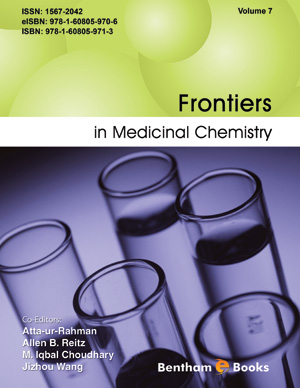Abstract
SHS investigation development is considered from the geographical and historical viewpoint. 3 stages are described. Within Stage 1 the work was carried out in the Department of the Institute of Chemical Physics in Chernogolovka where the scientific discovery had been made. At Stage 2 the interest to SHS arose in different cities and towns of the former USSR. Within Stage 3 SHS entered the international scene. Now SHS processes and products are being studied in more than 50 countries.
Abstract
The advancements in the molecular pathogenesis and a deeper comprehension of cellular mechanisms of liver fibrosis promise to give new therapeutic approaches to the management of this disease in the future.
Apoptosis, cytokines, oxidants, and inflammosomes play a complex role in favouring or delaying the onset of liver fibrosis; sustained hepatic stellate cell activation and transformation, without forgetting the role of hepatocytes and other complex molecular and cellular mechanisms, are the direction that guides to fibrosis.
Therefore, in this review, after considering the causes of the development of fibrosis as well as the interrelation between molecular and cellular profibrotic mechanisms, we will focus on the part played in counteracting both of these actions by some anti-oxidants and anti-fibrotic molecules such as cytokines, prostacyclin and others.
Further validation in animal studies and confirmation in clinical trials are requested. Some data that are already available from in vitro and animal studies demonstrating the effectiveness of novel approaches to inhibiting or treating liver fibrosis can only offer moderate hope.
Keywords:
Adiponectin, antifibrotic drugs, apoptosis, curcumine, cytokines, extracellular matrix, gene therapy, growth factors, hepatic stellate cells, inhibitors of metalloproteinases, interferon, liver fibrosis, metalloproteinases, N-acetyl-Lcysteine, peroxisome proliferator-activated receptors, prostacyclin, reactive oxygen species, relaxin, thiazolidinediones, transcription factors.
Recommended Chapters
We recommend

Authors:Bentham Science Books


 Download PDF Flyer
Download PDF Flyer



